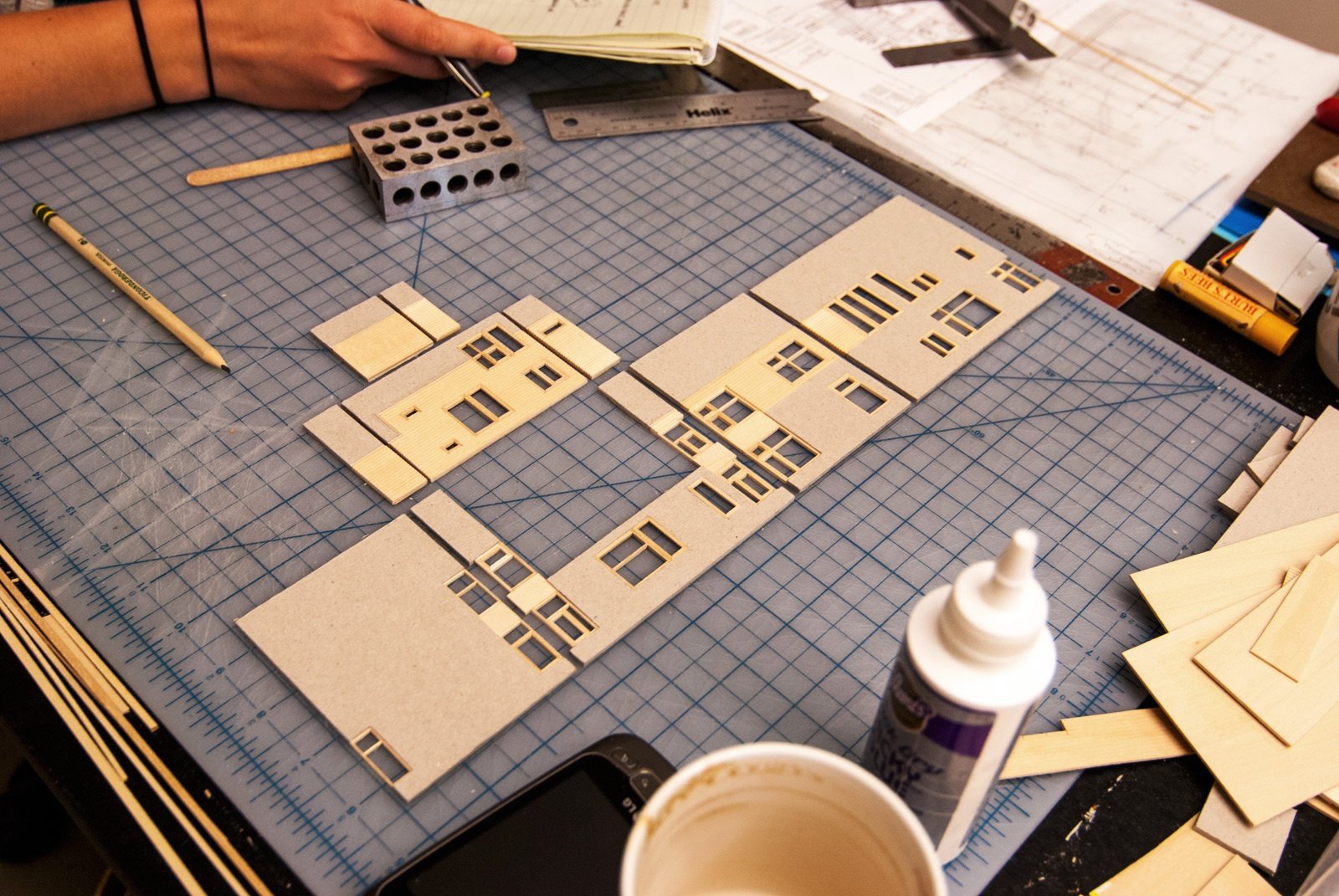Every successful business has a model that makes it work day in and day out. For that matter, even unsuccessful businesses have models. The difference is that the models for the failed businesses were likely not tested or proven to last long into the future.
When you think of successful business models, you think of companies like McDonald’s where every french frying machine is located directly next to the drive-thru window or Amazon, where you can order online any product made on the face of the planet and have it delivered to you the next day (and even the same day in some cases).
And no matter what the successful model is, you know that the success didn’t come from winging it. It resulted from a process where a few core beliefs and some educated guesses were assembled in a thoughtful plan.
The same thing applied to our own ISA model.
When creating a successful business, there are some assumptions you need to make in order to ensure you’re headed in the right direction. Yes, you will make some WAGs (wild-ass guesses) along the way, but in order to get great results, you need to follow a solid model that is rooted in educated assumptions.
In 1994, world-famous management consultant, Peter Drucker, crafted his “theory of the business” and defined a model as “[a set of] assumptions about what a company gets paid for—assumptions about what a business will and won’t do.”
Interestingly enough, a model is not about the money, it’s about using assumptions to chart a course toward a specific goal. More precisely, it’s about charting and following the course and then taking the lessons you learn along the way to make changes and improvements. These changes and improvements lead to you getting better results, faster and with less money spent along the way. The ideal outcome of a properly followed model is a business that creates a predictable pipeline of sales and becomes a cash-producing machine.
Within the main business model are smaller models that use the same strategy—assumptions, well-defined activities, and metrics—to achieve specific outcomes. In our business, we created a model for the ISA department and process and we started with a list of assumptions that pertained to the activities and behaviors in which we expected the ISAs to engage.
Some of our assumptions about the ISA were:
- How many dials would be made
- How many nurtures would be created
- How many appointments would be set
- How many conversions would there be from dial to nurture, dial to appointment, and nurture to appointment (What would that cycle look like?)
- How many of those appointments would result in how many deals
Once we made these assumptions, we then implemented a solid system of data delivery and reporting mechanisms through a centralized hub (all of which will be detailed later in this book) to verify the operating metrics.
This tracking process lets us know if we’re on pace to accomplish what we thought we would through our initial set of assumptions. When we were on pace, our assumptions were on point and we continued with the same behaviors and activities to create a repeatable system that we could rely upon to produce consistent results day in and day out.
If our assumptions were wrong, we found out where the choke point was and then made adjustments to the activities, behaviors, data sets, personnel—even the assumptions—in order to get the results that gave us the predictability we wanted and needed.
By following the model, we were able to solve bottlenecks and get better results much faster than if we were simply taking stabs in the dark. Lastly, we saved a tremendous amount of time and money by not continuing to make mistakes that we would be able to avoid simply by following the process.
The model is the key element in making the entire ISA process work way faster than you would ever think possible. Without the model, you may get the results you’re looking for, but it will cost you a tremendous amount of time and money and give you way more headaches than you’d want to experience.












